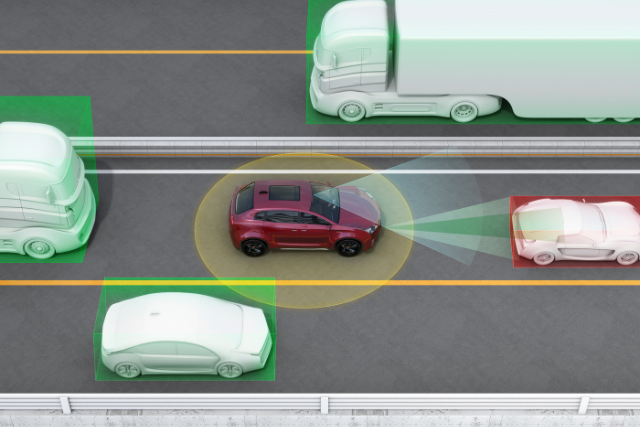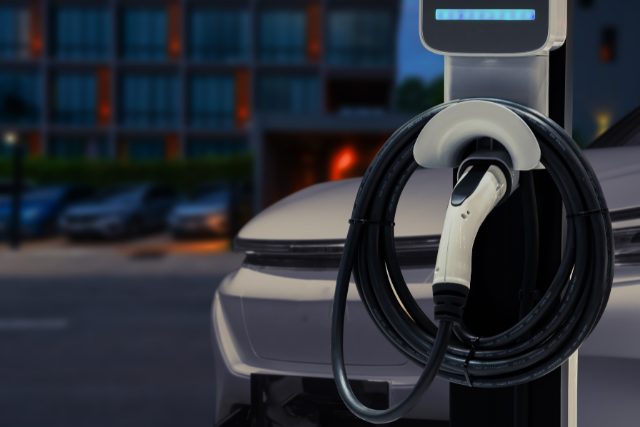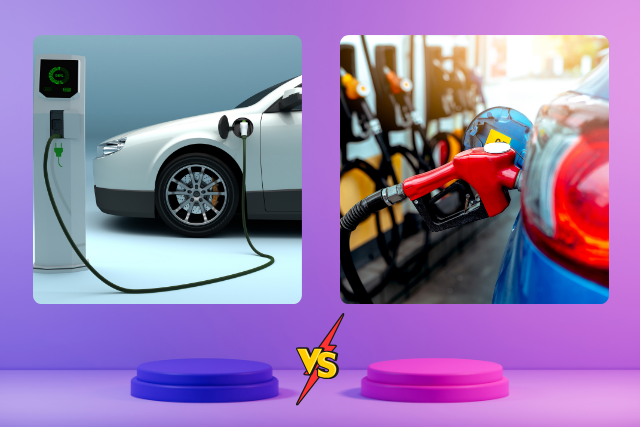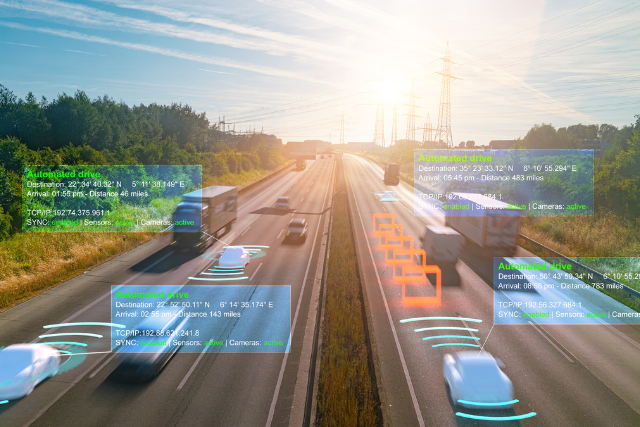As roads become more crowded and drivers face increasing distractions, advanced driver assistance systems (ADAS) like lane keeping and monitoring become paramount.
These systems are designed to enhance road safety by helping drivers maintain proper lane discipline, reducing the risk of accidents caused by lane departures.
This article explores the technology behind lane keeping and monitoring, its benefits, and how it contributes to overall road safety.
Understanding Lane Keeping and Monitoring
What is Lane Keeping and Monitoring?
Lane-keeping and monitoring systems are part of a broader category of ADAS designed to assist drivers in maintaining their vehicles within the correct lane.
These systems use a combination of cameras, sensors, and advanced algorithms to monitor the vehicle’s position relative to the lane markings and provide corrective actions if necessary.
Components of Lane-Keeping and Monitoring Systems
Cameras
Windshield-Mounted Cameras
Cameras are the primary component of lane-keeping and monitoring systems, typically mounted on the windshield behind the rearview mirror.
These high-resolution cameras continuously scan the road ahead to detect lane markings and other relevant features, such as road edges and traffic signs.
The positioning of these cameras allows them to capture a wide field of view, ensuring that the system can accurately monitor the vehicle’s position within the lane.
Functionality
The cameras use advanced image processing algorithms to identify lane markings, even in challenging conditions such as faded lines, shadows, and varying light levels.
They also detect the road’s curvature, helping the system anticipate and navigate bends more effectively. The cameras provide real-time information about the vehicle’s lateral position relative to the lane boundaries by continuously analysing the visual data.
Sensors
Radar Sensors
Radar sensors enhance the lane-keeping system’s awareness of the vehicle’s surroundings. These sensors emit radio waves that bounce off objects and return to the sensor, providing information about the distance and relative speed of nearby cars and obstacles.
Radar sensors are handy in detecting cars in adjacent lanes and monitoring traffic flow, which helps make more informed decisions during lane keeping and lane changes.

Ultrasonic Sensors
Ultrasonic sensors, typically located on the front and rear bumpers of the vehicle, emit sound waves that reflect off nearby objects.
These sensors are effective in close-range detection, such as monitoring the vehicle’s proximity to lane markers, barriers, and other road features.
Ultrasonic sensors are essential for low-speed manoeuvres and provide additional data to enhance the accuracy of the lane-keeping system.
Lidar Sensors (in Advanced Systems)
Some advanced lane-keeping systems incorporate lidar sensors, which use laser beams to create detailed 3D maps of the vehicle’s surroundings.
Lidar sensors accurately detect lane markings, road edges, and other vehicles. Lidar sensors enable the system to make more precise corrections and improve overall performance by providing a highly accurate representation of the environment.
Electronic Control Unit (ECU)
Central Processing Hub
The Electronic Control Unit (ECU) acts as the brain of the lane-keeping and monitoring system. It processes the data from cameras, radar, ultrasonic, and lidar sensors, integrating it into a coherent understanding of the vehicle’s position and surroundings.
The ECU uses advanced algorithms to analyze this data in real time, identifying potential lane departures and determining the necessary corrective actions.
Decision-Making and Control
The ECU’s decision-making capabilities are critical to the system’s functionality. It continuously evaluates the vehicle’s trajectory, road conditions, and traffic dynamics to make informed decisions.
When the ECU detects the car drifts out of its lane without the driver’s intention, it initiates warnings or corrective actions.
The ECU also communicates with other vehicle systems, such as adaptive cruise control and collision avoidance systems, to ensure coordinated responses to complex driving scenarios.
Steering and Braking Systems
Steering Assist Mechanisms
The steering system is directly integrated with the lane-keeping technology to provide physical corrections to the vehicle’s trajectory. When the ECU determines a corrective action is needed, it sends signals to the electric power steering system to make precise adjustments.
This steering assist can be subtle, gently nudging the vehicle back into its lane or more assertive, depending on the severity of the lane departure.
Braking Assistance
In addition to steering adjustments, some lane-keeping systems also incorporate braking assistance. The braking system can slow down the vehicle slightly, helping stabilize it and prevent lane departure.
This is particularly useful when the car approaches a curve too quickly or when additional traction is needed to maintain lane position.
Coordination with Other Systems
Integrating steering and braking systems with lane-keeping technology ensures that the vehicle can make coordinated and effective corrections. This holistic approach enhances the system’s ability to maintain lane discipline and improves driving safety.
The seamless interaction between these components allows smoother transitions and more responsive adjustments, providing a safer and more comfortable driving experience.
How Lane-Keeping and Monitoring Systems Work
Lane Departure Warning (LDW)
Functionality
Lane Departure Warning systems are designed to alert drivers when the vehicle unintentionally drifts out of its lane. Here’s how it works:
- Detection: The camera detects the lane markings and continuously monitors the vehicle’s position relative to these markings.
- Warning: If the system detects that the vehicle is about to cross a lane marking without a turn signal, it triggers an alert. This alert can be an audible beep, a visual warning on the dashboard, or a steering wheel or seat vibration.
Benefits
- Prevents Accidents: LDW systems help prevent accidents caused by driver inattention or drowsiness by alerting drivers to unintentional lane departures.
- Enhances Driver Awareness: The warnings remind drivers to stay focused and maintain proper lane discipline.
Lane Keeping Assist (LKA)
Functionality
Lane Keeping Assist systems take the functionality of LDW a step further by providing active steering input to keep the vehicle within its lane. Here’s how it works:
- Detection and Monitoring: Similar to LDW, the system detects lane markings and monitors the vehicle’s position.
- Correction: If the vehicle begins to drift out of its lane, the system gently steers the car back into the centre of the road. This correction is often subtle and may not be noticeable to the driver.
Benefits
- Reduces Driver Fatigue: By assisting with steering, LKA systems lessen drivers’ physical and mental strain, especially during long journeys.
- Increases Safety: Active corrections help prevent unintentional lane departures, reducing the risk of collisions with other vehicles or obstacles.
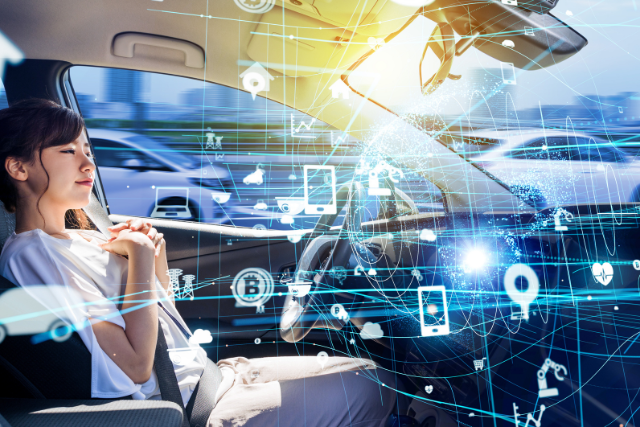
Advanced Features and Innovations
Integration with Other ADAS
Lane-keeping and monitoring systems are often integrated with advanced driver assistance systems to provide a comprehensive safety net.
For example:
- Adaptive Cruise Control (ACC): When combined with ACC, lane-keeping systems can provide semi-autonomous driving capabilities on highways, maintaining lane position and following distance from the vehicle ahead.
- Blind Spot Detection (BSD): Integration with BSD ensures that lane changes are safe by alerting drivers to vehicles in their blind spots.
Predictive Capabilities
Modern lane-keeping systems use predictive algorithms to anticipate lane departures before they occur. These systems can provide earlier warnings and more effective corrections by analyzing driver behaviour, road conditions, and vehicle dynamics.
Machine Learning and AI
Artificial intelligence and machine learning are being used to improve the accuracy and reliability of lane-keeping systems. These technologies enable the system to learn from real-world driving scenarios, enhancing its ability to detect lane markings and predict lane departures.
Challenges and Considerations
Limitations of Lane-Keeping and Monitoring Systems
While lane-keeping and monitoring systems offer significant safety benefits, they are not without limitations:
- Reliance on Lane Markings: The effectiveness of these systems depends on the visibility and quality of lane markings. Poorly marked or worn-out lanes can reduce system accuracy.
- Weather Conditions: Adverse weather conditions such as heavy rain, snow, or fog can affect the performance of cameras and sensors.
- Driver Engagement: These systems are designed to assist, not replace, the driver. Drivers must remain attentive and ready to take control if necessary.
Legal and Regulatory Considerations
As lane-keeping and monitoring systems become more prevalent, regulatory bodies are developing standards and guidelines to ensure safety and effectiveness. Automakers must comply with these regulations to ensure their systems meet minimum safety requirements.
The Future of Lane Keeping and Monitoring
Advancements in Sensor Technology
Future lane-keeping systems will benefit from advancements in sensor technology, including higher-resolution cameras and more accurate radar and lidar sensors. These improvements will enhance the system’s ability to detect lane markings and monitor the vehicle’s surroundings.
Full Autonomy
Lane-keeping and monitoring systems are a critical component of fully autonomous vehicles. As technology advances, these systems will evolve to provide complete autonomous lane-keeping capabilities, paving the way for self-driving cars.
Enhanced Connectivity
Connected vehicles will enable lane-keeping systems to communicate with other vehicles and infrastructure, providing real-time data on road conditions and traffic. This connectivity will enhance the accuracy and reliability of lane-keeping systems.
Conclusion
Enhancing Road Safety
Lane-keeping and monitoring systems represent a significant advancement in vehicle safety technology. By assisting drivers in maintaining proper lane discipline and providing active corrections when needed, these systems reduce the risk of accidents caused by lane departures.
Embracing Technology
As technology evolves, lane-keeping and monitoring systems will become more advanced, reliable, and integrated with other ADAS features. Embracing these technologies will enhance road safety and move us closer to a future of autonomous driving.
Staying Informed
Stay informed about the latest developments in lane-keeping and monitoring systems is essential for drivers. Understanding how these systems work and their benefits can help drivers make informed decisions when purchasing a vehicle and contribute to safer driving habits.
Automakers are making significant strides towards creating a safer and more efficient driving experience by integrating advanced safety features like lane keeping and monitoring. As these technologies continue to develop, the future roads will be safer for everyone.

